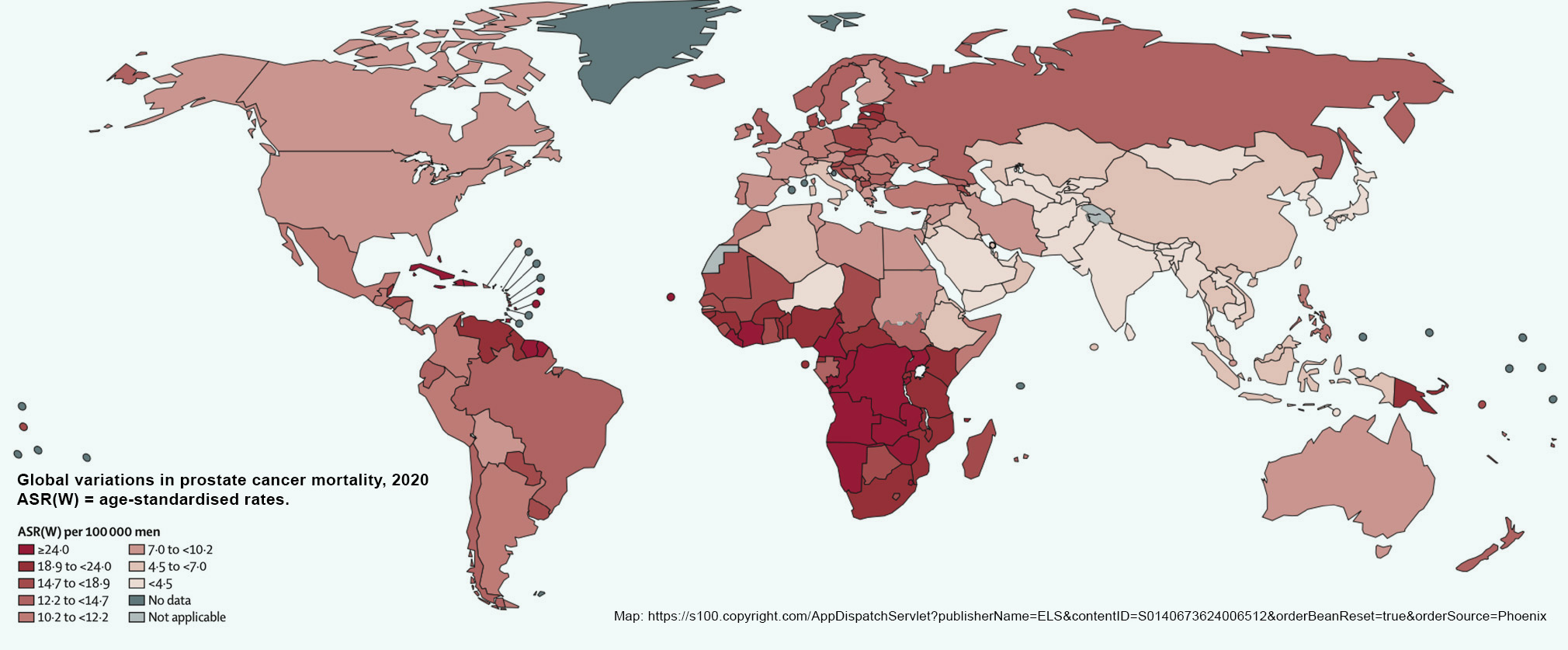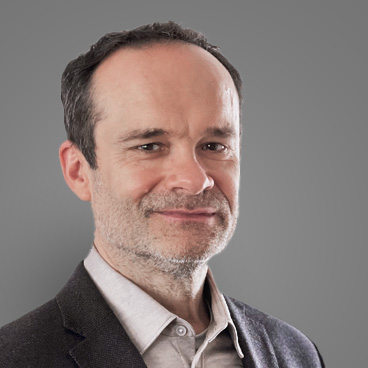SCIENCE
A Strong Case for Development in Oncology
Terbinafine was invented in 1980 by Anton Stütz at the Sandoz Research Institute in Vienna, Austria. It was developed as an antifungal medication and is considered one of the gold standard treatments for fungal infections globally. Over the past 30 years, it has been instrumental in helping countless patients around the world cure fungal infections of the skin and nails. The drug is highly safe and well-tolerated in its current use, with serious side effects being extremely rare. More than 100 million patients have successfully used it daily for several months to treat persistent nail infections.
It belongs to a class of drugs known as allylamine antifungals, which work by inhibiting the enzyme squalene epoxidase (SQLE) in fungi. It disrupts the synthesis of ergosterol, which is crucial for maintaining fungal cell membrane integrity and function. Inhibition of SQLE in fungal organisms leads to several critical consequences that ultimately result in the death of the fungal cell.
In humans, SQLE is critical in the synthesis pathway of cholesterol, the molecule corresponding to fungal ergosterol. Terbinafine binds to human SQLE with only very low affinity and does not affect cholesterol metabolism. In contrast to another class of drugs, azole antifungals it does not lower cholesterol or alter hormone levels in humans.
Recent and new emerging evidence suggests that SQLE plays a crucial role in cancer cell metabolism, indicating that Terbinafine may be beneficial in treating prostate, colorectal, breast, hepatocellular, squamous cell, and other types of cancer. Numerous studies have established that Terbinafine inhibits the proliferation of cancer cells, blocks tumor growth in cancer models and significantly reduces prostate cancer mortality.
Selected Publications:
Use of Terbinafine and risk of death in patients with prostate cancer
J. Ji, J. Sundquist, Kr. Sundquist; IJC (2018)
https://doi.org/10.1002/ijc.31901Analysis of patients treated with Terbinafine for concurrent fungal infections shows a 47% decrease in prostate cancer mortality compared to patients who did not use Terbinafine.
MiR-205-driven downregulation of cholesterol biosynthesis through SQLE-inhibition identifies therapeutic vulnerability in aggressive prostate cancer
Kalogirou, c. et al.; Nature Commun. (2021)
https://doi.org/10.1038/s41467-021-25325-9This publication in the leading scientific journal Nature reports that (i) SQLE is overexpressed in advanced prostate carcinoma linked with poor survival, (ii) Terbinafine inhibits prostate cancer cells and blocks tumor growth in prostate cancer models in vivo, (iii) late-stage prostate cancer patients concurrently treated with Terbinafine off-label show reduced PSA levels.
Squalene Epoxidase: Its Regulations and Links with Cancers
Zhao, X et al.; Adv Sci (2023)
https://doi.org/10.3390/ijms25073874This recent review highlights the role of squalene epoxidase, the therapeutic target of Terbinafine, also in additional cancers and concludes: “The anti-tumor effect of Terbinafine has been observed when treating breast cancer, non-small-cell lung cancer, hepatocellular carcinoma, leukemia, colorectal carcinoma, prostate cancer, pancreatic cancer, and oral squamous-cell carcinoma“.
Targeting Squalene Epoxidase Confers Metabolic Vulnerability and Overcomes Chemoresistance in HNSCC
Zhang, L. et al.; Int. J. Mol. Sci. (2024)
https://doi.org/10.1002/advs.202206878Cisplatin resistance poses a substantial hurdle in effectively treating head and neck squamous cell carcinoma. Utilizing multiple tumor models and examining an internal HNSCC cohort, SQLE is identified as a key driver of chemoresistance and tumorigenesis. The preclinical findings demonstrate the potent synergistic effects of combining Terbinafine and cisplatin in arresting tumor growth.









